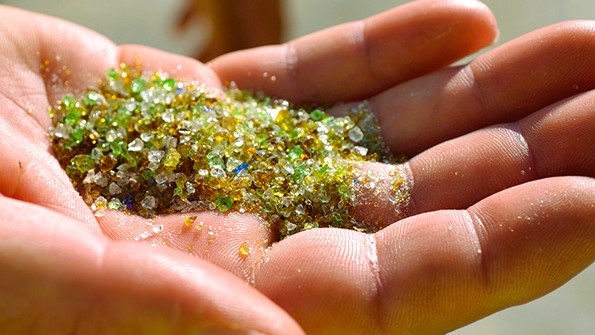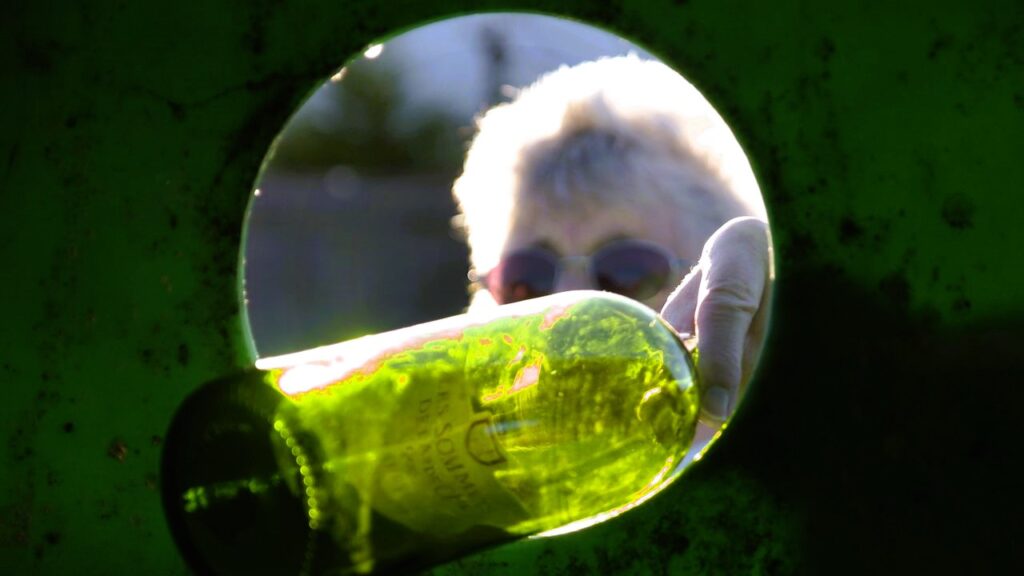Glass recycling is a critical component of sustainable waste management and resource conservation efforts. As one of the oldest and most versatile materials used by humans, glass has a long history of reuse and recycling. In this article, we will explore various glass recycling options, the environmental significance of glass recycling, and the role it plays in reducing the carbon footprint.
The Basics of Glass Recycling
Glass recycling involves collecting used glass products, processing them to remove impurities, and then using the recovered glass to create new glass products. This process can be repeated indefinitely without compromising the quality of the glass. Glass recycling offers numerous benefits, including:
- Conservation of Natural Resources: Recycling glass conserves raw materials like sand, soda ash, and limestone, which are used in glass production. By using recycled glass, the need for extracting and processing these resources is reduced.
- Energy Savings: Manufacturing glass from raw materials requires a significant amount of energy. Recycling glass consumes less energy because it melts at a lower temperature. This energy savings contributes to a reduction in greenhouse gas emissions.
- Reduction in Waste: Glass is inert and does not degrade in the environment, so recycling it helps reduce the volume of waste in landfills.
- Preservation of Landscapes: The extraction of raw materials for glass production often involves mining, which can have adverse environmental impacts. Glass recycling helps preserve natural landscapes by reducing the demand for new mining activities.

Glass Recycling Options
There are several methods for recycling glass, each with its advantages and applications:
- Curbside Collection: Many municipalities offer curbside collection of glass containers, such as bottles and jars. Residents place their glass recyclables in designated bins, which are then collected and sent to recycling facilities.
- Drop-Off Centers: Recycling drop-off centers provide convenient locations for residents to deposit their glass containers. These centers are especially useful in areas without curbside collection services.
- Deposit-Refund Systems: Some regions implement deposit-refund systems, where consumers pay a small deposit when purchasing glass containers. They can then return the empty containers to receive a refund, incentivizing recycling.
- Glass Separation at Recycling Facilities: Recycling facilities often separate glass from other recyclables using various methods, such as air classifiers or vibrating screens. The separated glass is then processed separately.
- Bottle Banks: Public bottle banks or glass recycling bins are strategically placed to encourage individuals to deposit their glass bottles and jars for recycling. We also recommend that you read the Restoration of old glass products in our article.
The Glass Recycling Process
Once glass is collected, it undergoes a recycling process that typically includes the following steps:
- Collection and Sorting: Glass containers are collected and transported to recycling facilities. At the facility, they are sorted by color to ensure the quality of the recycled glass.
- Cleaning: The sorted glass is cleaned to remove any contaminants like labels, caps, or food residue. This is usually done using water and detergent.
- Crushing and Melting: Cleaned glass is crushed into small pieces, known as cullet. The cullet is then melted in a furnace, where it can be used to make new glass products.
- Molding and Forming: The molten glass can be shaped into various forms, including bottles, jars, fiberglass, and more, depending on the intended application.
- Quality Control: The final glass products are subject to quality control measures to ensure they meet industry standards and are safe for use.
The Environmental Significance of Glass Recycling

Glass recycling has several significant environmental benefits:
- Energy Savings: Recycling glass reduces the energy required to produce new glass, resulting in lower greenhouse gas emissions. It takes less energy to melt and reform cullet compared to manufacturing glass from raw materials.
- Resource Conservation: By recycling glass, valuable raw materials like sand, soda ash, and limestone are conserved, reducing the need for resource extraction.
- Waste Reduction: Glass is non-biodegradable and can persist in landfills for centuries. Recycling glass diverts it from landfills, reducing the environmental impact of waste disposal.
- Reduced Greenhouse Gas Emissions: The energy savings achieved through glass recycling contribute to a reduction in carbon dioxide emissions, helping combat climate change.
The Role of Standards and Regulations
Standards and regulations play a vital role in ensuring the effectiveness of glass recycling processes and the quality of recycled glass products. Organizations like the International Organization for Standardization (ISO) provide guidelines and standards related to glass recycling, ensuring that the industry follows best practices and maintains high-quality standards.
For more in-depth information on glass recycling options and its environmental significance, you can visit Wikipedia. These sources provide valuable insights into the technical aspects and industry standards associated with glass recycling.




